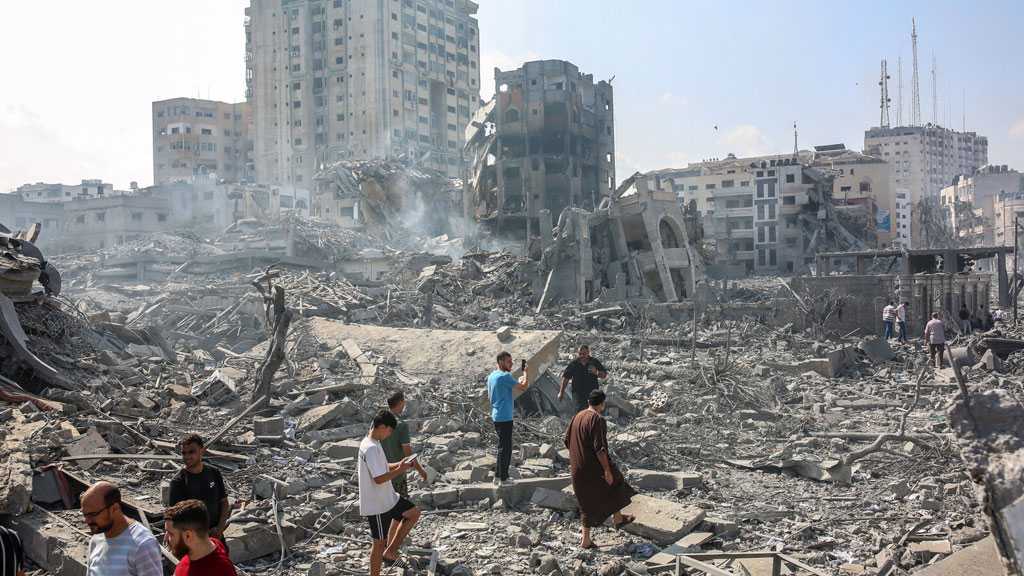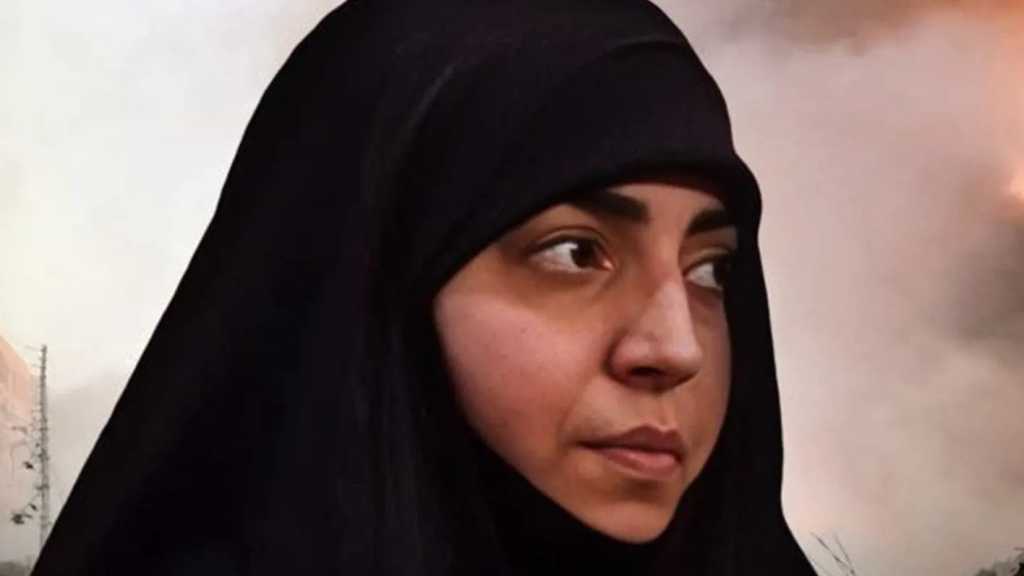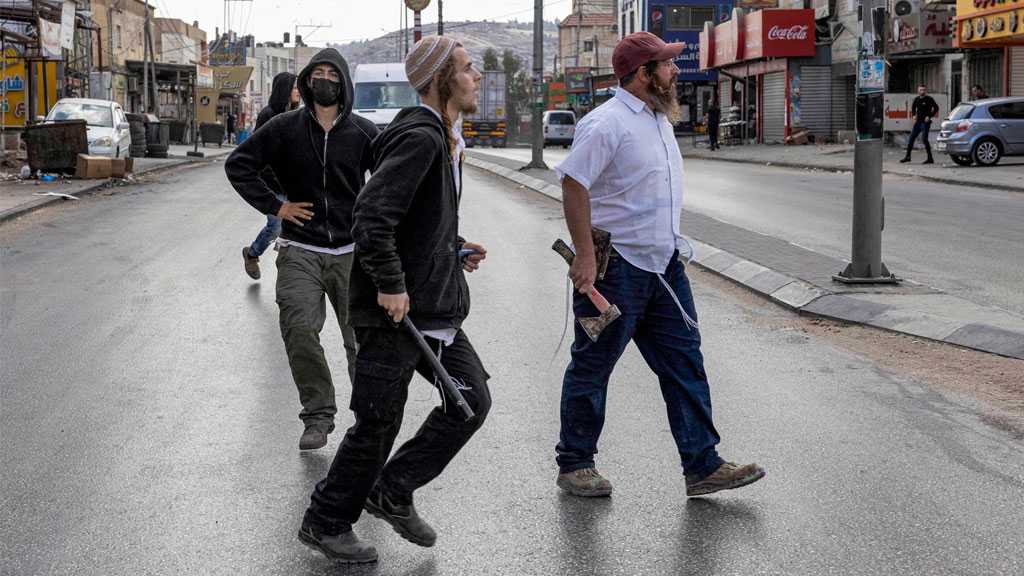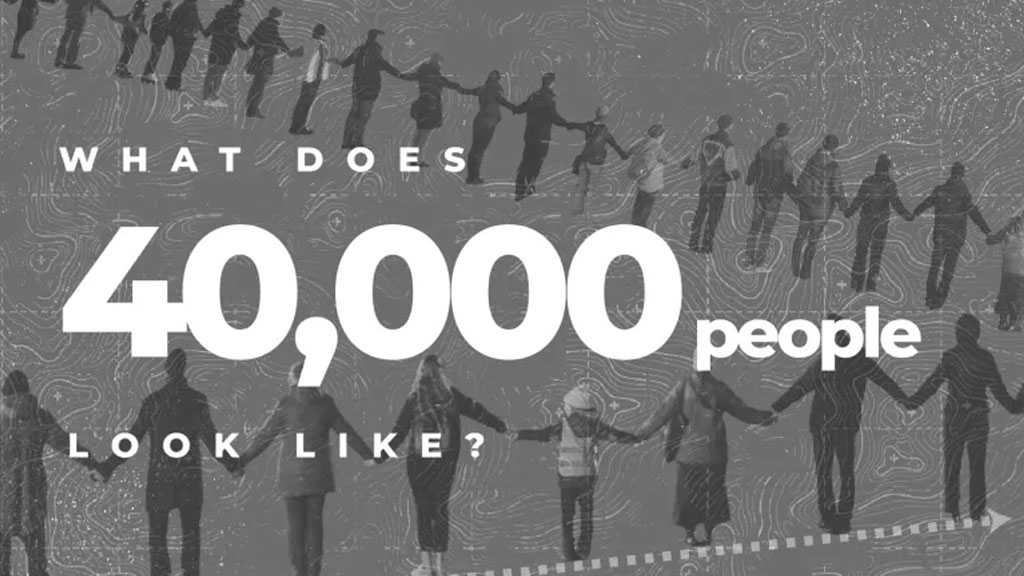Nowhere Feels Safe From ‘Israeli’ Bombs in Gaza

By The Guardian
There were places in Gaza where, even in times of conflict, Palestinians once felt marginally safer than elsewhere.
Urban centers, the calculation went, were better placed to avoid bombardment than the periphery of the cities, and the peripheries were safer than the rural areas, where ‘Israeli’ tanks could easily enter.
Buildings facing the sea, vulnerable to shelling from the ‘Israeli’ war ships just visible on the horizon, were also to be avoided, along with the tallest buildings – often thought by ‘Israel’ to be used by Hamas for observation points.
On Thursday that message was reinforced as Palestinian residents of the city of Beit Lahiya, in the northern region of the Gaza Strip, which had been hit hard in previous conflicts, said ‘Israeli’ planes dropped flyers warning them to evacuate their homes and to head to the “known shelters”.
Residents in Beit Lahiya, however, said they had been hit by airstrikes before the warnings were delivered.
As Palestinians lined up outside bakeries and grocery stores in Gaza on Thursday, after spending the night surrounded by the ruins of pulverized neighborhoods darkened by a near-total power outage, those “rules’ no longer held.
‘Israel’ has stopped all deliveries of food, water, fuel and electricity to the tiny enclave, while its crossing with Egypt is unusable.
‘Israel’ has pounded neighborhoods once thought of as relatively safe such as central Gaza City’s al-Rimal, one of the wealthier areas. It is now littered with rubble and shattered trees after dozens of airstrikes.
Razan, who was forced to flee her family home in al-Rimal earlier this week, told the Guardian: “There was violent bombing everywhere. They started with tower blocks, then the destruction of all areas, including ours, which was considered one of the safe areas.”
“It’s full of shops, residential towers and business offices. All of them have now turned into ashes and the people have no houses.
“I live in the port area. A street called al-Rasheed. It is considered one of the safe streets because it includes many international institutions in addition to the presence of residential towers.”
“On Tuesday at 2 am, someone came and told us that the building next to my house was going to be bombed and the area needed to be evacuated. We were all panicking and scared. ”
“Then 10 minutes later, [‘Israel’] bombed a building where people who had been evacuated from their homes had gone to shelter. This resulted in many dead and wounded, including three [Palestinian] journalists.”
“When we went back to see our house the next day, all the windows and doors had gone. Our house is uninhabitable.”
It is tougher still in farther out locations, which have experienced heavy fighting in past ‘Israeli’ offensives, such as the towns of central Gaza where those fleeing have already crowded into UN schools.
The UN said late on Wednesday that the number of people displaced by the airstrikes had increased by 30% within 24 hours, to 339,000, two-thirds of them fleeing to UN schools. Others sought shelter in the shrinking number of safer neighborhoods.
The UN humanitarian office said ‘Israeli’ strikes had levelled 1,000 homes since Saturday with another 560 housing units rendered uninhabitable, adding that ‘Israel’s’ announcement of a “complete siege” has caused dire water shortages for more than 650,000 people. Sewage systems have been destroyed, sending fetid wastewater into the streets.
At one of the UN schools, 14-year-old Hanan al-Attar said she had lost one of her two uncles in the bombardment. They had been cooking food when the strikes intensified and they rushed for safety. Her uncle had run back to fetch the family some clothes and was killed when their house was hit, she said.
“There’s no electricity and no water. We’re not happy living at this school. Home was more comfortable,” she said.
People who have lived through rounds of violence in the past speak of a different kind of fear this time. A sense that, as familiar as the enclave is with bombardments, Gaza is now in uncharted territory.
All of which has been reflected in a rising human cost. Among the 1,417 Palestinian dead so far in Gaza, the health ministry said that 447 were children and 248 were women.
In the southern Gaza city of Khan Yunis, a group of people stood atop the debris remaining from the destruction of a house by an airstrike. A mattress, scarlet cushions and pale sheets lay soiled with soot and dust amid the rubble, poking up between concrete blocks.
A woman’s body was lifted out in a white sheet and carried away on a stretcher through a crowd of men and boys. An elderly woman dressed all in black staggered down an alleyway and collapsed, wailing in grief.
At another bomb site, six men ran through a street carrying a stretcher with the dust-covered body of a man, his limbs twisted. A woman recognized the body and started screaming.
Lt Col Richard Hecht, an ‘Israeli’ military spokesperson, told reporters on Thursday that forces were “preparing for a ground maneuver” should political leaders order one.
Few doubt that a ground assault is imminent or think that this time ‘Israel’s’ military will be content to stay largely outside the main urban concentrations, raising the prospect of brutal house-to-house fighting.
On Thursday, Palestinians fleeing airstrikes could be seen running through the streets, carrying their belongings and looking for a safe place. Such is the pressure of the numbers trying to flee that families have been forced to split up as they seek alternative places to shelter.
Lines formed outside bakeries and grocery stores during the few hours they dared open, as people tried to stock up on food before shelves were emptied. On Wednesday, Gaza’s only power station ran out of fuel and shut down, leaving only lights powered by scattered private generators.
Drone footage filmed by the Associated Press revealed extensive damage at the Shati refugee camp, in the north of Gaza, after overnight airstrikes. Residents picked their way through the rubble as fire and rescue crews looked for survivors.
“There was no warning or anything,” said Hashem Abu Manea, 58, who lost his 15-year-old daughter, Joanna, when a strike late on Tuesday levelled his home in Gaza City.
The main Martyrs’ Cemetery in Khan Yunis was nearly full long before the latest bout of warfare brought new pressure for grave sites. Like many other Gaza cemeteries, a “Burial is prohibited here” sign hung on its fence.
“We can’t wait to bury bodies in designated places. We have to bury them in random areas scattered around between the houses or in empty lots donated by landlords,” said Adel Hamada, a volunteer helping with burials at Khan Yunis.
Comments




